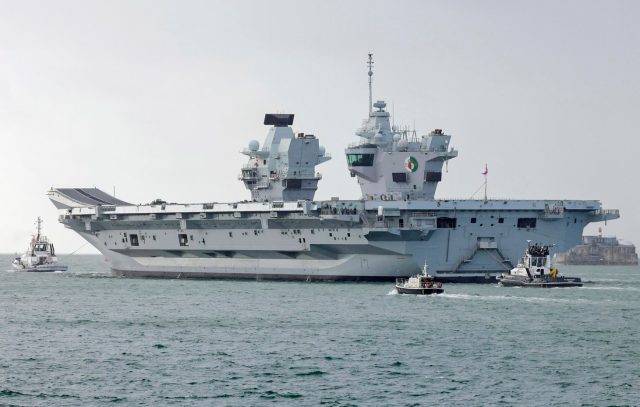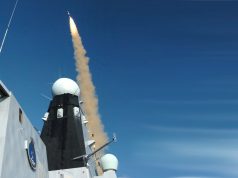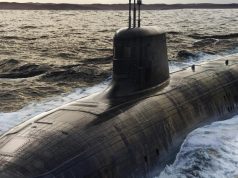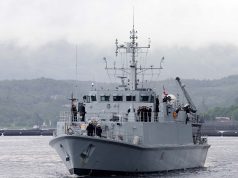Royal Navy aircraft carrier HMS Queen Elizabeth departed Portsmouth on September 7 for a deployment to the US east coast before undertaking operations and exercises in European waters in the autumn.
Queen Elizabeth wasn’t initially expected to sail to the US, but is replacing sister ship HMS Prince of Wales, which broke down a day after starting the long-anticipated US tour.
HMS Prince of Wales will now have to be dry docked for lengthier repairs after the navy confirmed the ship had suffered damage to a shaft and propeller, a coupling failure, as well as damages to the rudder.
According to Navy Lookout, which cited unconfirmed sources, HMS Prince of Wales appears to have had problems with starboard motors even before starting the deployment and required special permission to get underway on August 28.
HMS Queen Elizabeth will now be undertaking parts of HMS Prince of Wales’ deployment, most notably serving as the host of the Atlantic Future Forum.
Submarine hunting frigate HMS Richmond will accompany the aircraft carrier across the Atlantic.
Once those tasks are completed, the carrier will start the operational part of her deployment.
HMS Queen Elizabeth’s commanding officer, Captain Ian Feasey, said: “After a period of maintenance it is fantastic for the fleet flagship to be underway again to conduct operational activity with allies and partners.”
The Royal Navy task force will work closely with allies and partners across Europe – from the Baltic all the way south to the Balkans and Black Sea region – over the coming months.
The operations are part of galvanised NATO efforts in the face of Russia’s unprovoked invasion of Ukraine to safeguard security, stability and prosperity across Europe.
HMS Queen Elizabeth will primarily be focused on operations in the Baltic and work closely with forces from Denmark, Estonia, Finland, Iceland, Latvia, Lithuania, the Netherlands, Norway and Sweden.
Together, these nations form the UK-led Joint Expeditionary Force, which is designed to react to crises whenever and wherever they unfold.
At the same time, the Royal Navy’s Littoral Response Group is completing its final preparations before deploying to the Mediterranean to operate with NATO allies and partners in a region that is vital for European security.
The amphibious task group is made of more than a thousand sailors and Royal Marines and will be led by HMS Albion.



























